The financial crisis has hit Spain especially hard. The construction industry there experienced a dramatic downswing of minus 13.5 per cent in 2008. Then in 2009 the downward slide accelerated still further and only just under 100 000 dwellings were completed – a year-on-year minus of 21.5 per cent. By contrast, a good 865 000 dwellings were built in Spain in the boom year 2006. The consequence of this overheated economy: currently the number of unsold dwellings in the country amounts to an incredible 700 000. This development on the Iberian peninsula hit the window market particularly hard, roughly halving it between 2008 and 2010. The industry is expecting a certain stabilization from 2011 on, but not a perceptible recovery by a long way. The fact that, under these conditions, building supplier Roto held what was its fifth trade press day in Barcelona of all places shows that management in Leinfelden-Echterdingen definitely does not lack the courage to confront difficult markets and competition. However, perhaps the decisive reason was that their own positive figures shone all the brighter against the background of the Spanish construction industry’s market disaster. For Roto is bucking the trend by expecting double-digit growth in the major countries of southern Europe for 2010. As Dr Eckhard Keill, chairman of Roto Frank AG, explains: “The fundamental reasons for our strong corporate upturn are the consistency of our focus on the customer, our efficient logistics and high delivery capacity.” The company’s efforts to disengage from the catastrophic developments began very early on and, as Keill formulated it, started with “active listening”. This led to the realisation that logistical services as well as practical commercial and technical assistance are the most significant criteria for the selection of an industrial partner. “For us the first consequence was to improve the quality of our logistics throughout the trading area,” says Jordi Nadal, manager of Roto’s south European market area. So delivery capacity grew from 42 per cent to today’s 94 per cent within the space of four years, while the development of comprehensive service packages for customers was systematically speeded up in parallel. All this showed results: the company saw noticeably better growth than the market as a whole in the southern European region, especially in 2010. Yet the southern European window market is scarcely comparable from country to country. For instance, the Italians…

Positive market disengagement
Roto acts as a builders’ supplier on difficult terrain. However, through improving its services and delivery capacity the company has been able to disengage from the negative market trend – even in the toughest of markets

 Menü
Menü




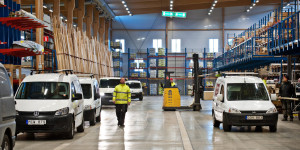

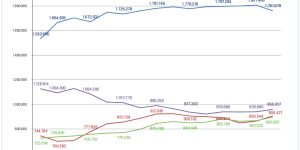
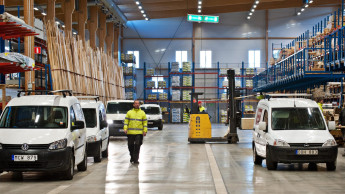
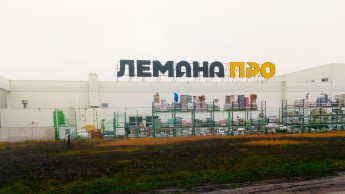
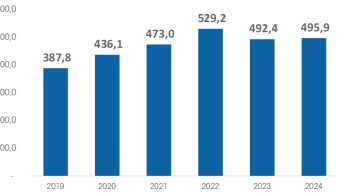
 Newsletter
Newsletter